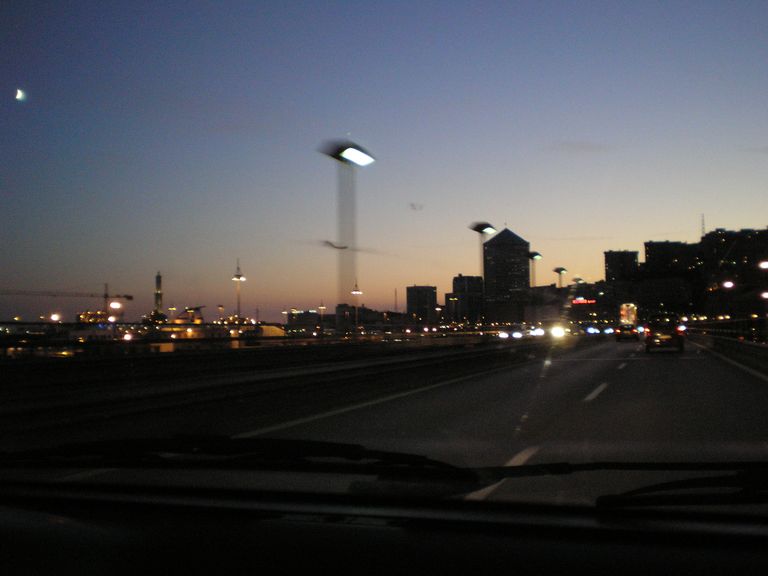
Panoramic night images of a city offer a different component.
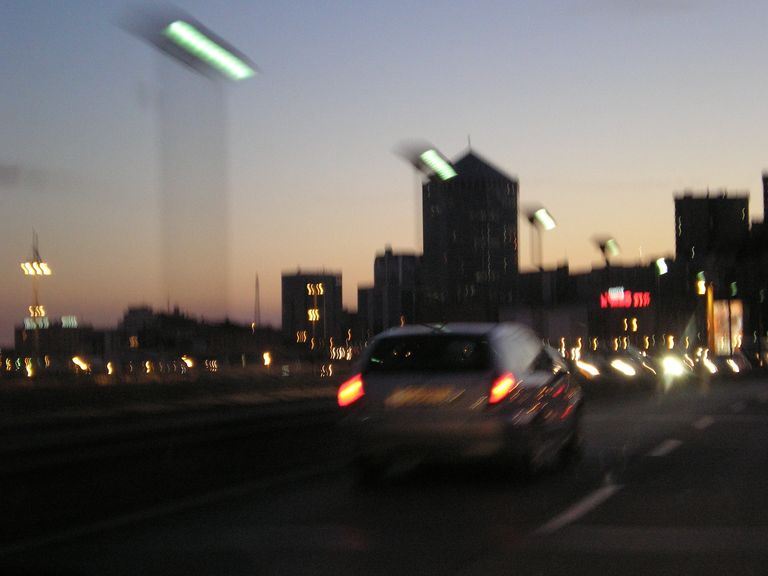
The light of the sunset that filters through the buildings is different. There is no predefined horizon.
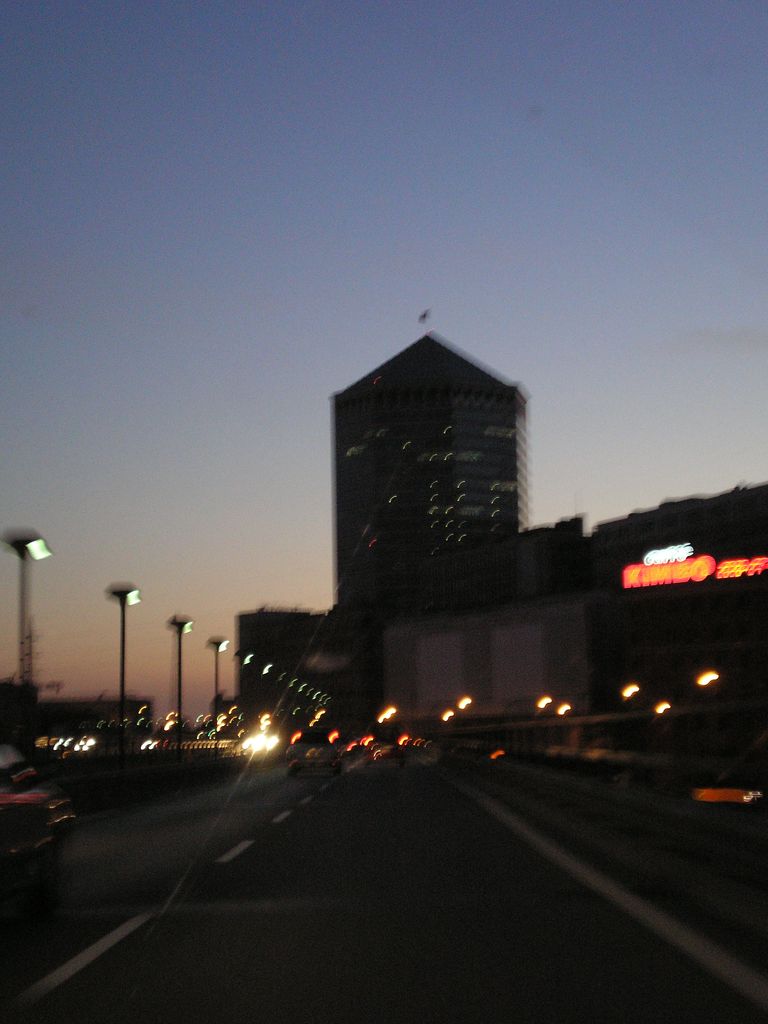
This is a test I did a few months ago at that magical moment when the light fades to let darkness fall.
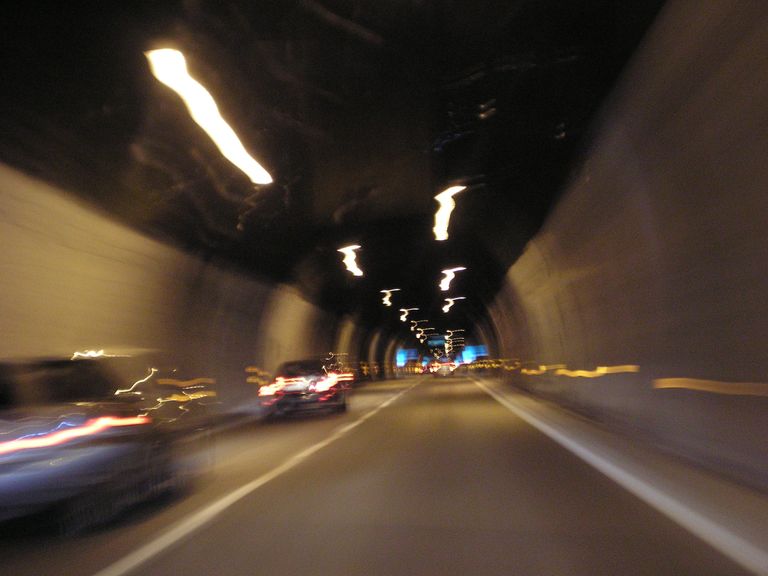
The sky recreates itself by displaying infinite shades, and the buildings gradually contour with the blue and violet colors that shelter the night, gradually reaching a darkness that is not total since the neon light looks like fireflies in the distance.
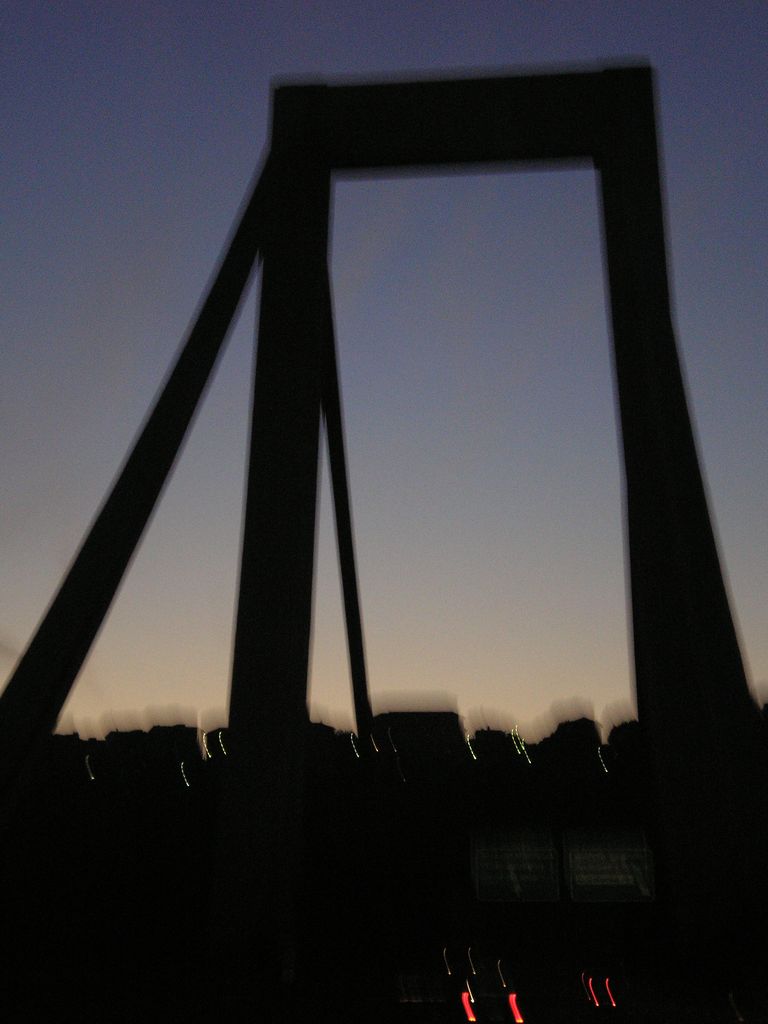
A poet once said that "dusk is that moment when the sun wraps the cities in gold paper to give them to the moon."
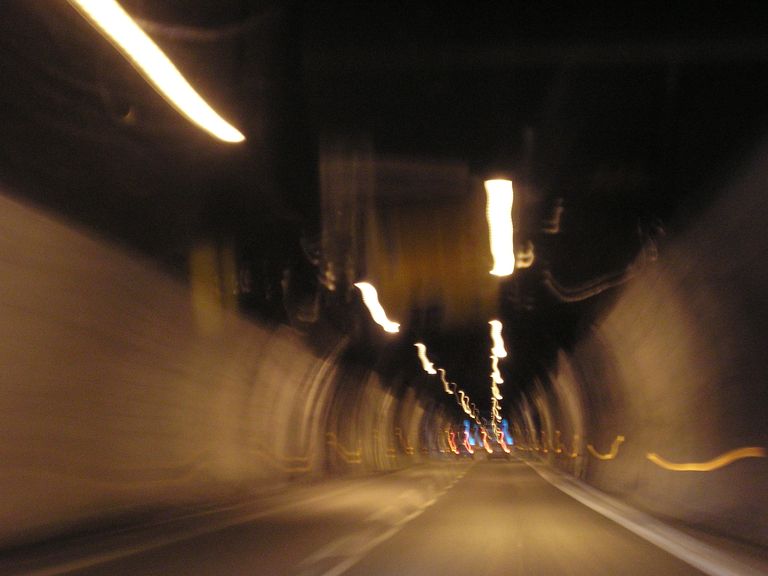
The night can be mysterious because of the darkness of the sky, the light pollution and the phenomena that can be observed in the night sky.
<center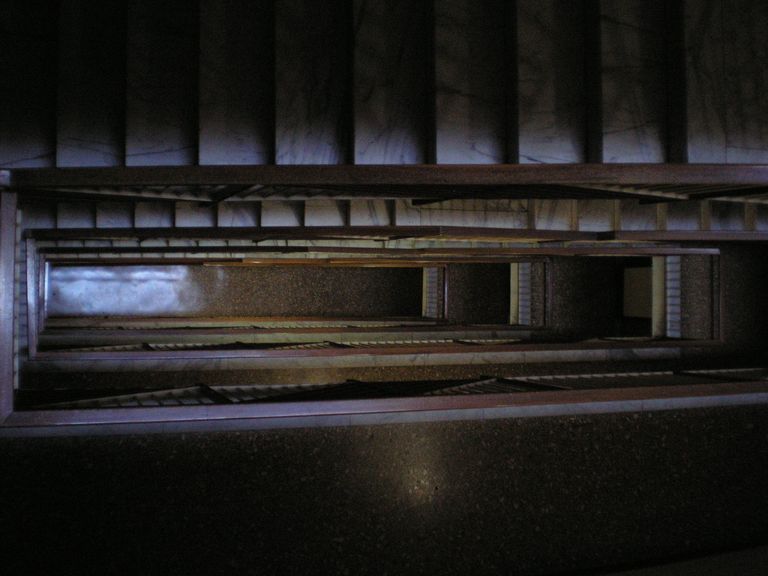 >
>
It seems like a naive question: after all, we know that our planet is lit by the Sun, and that when the Earth spins on its own axis, part of it remains dark.
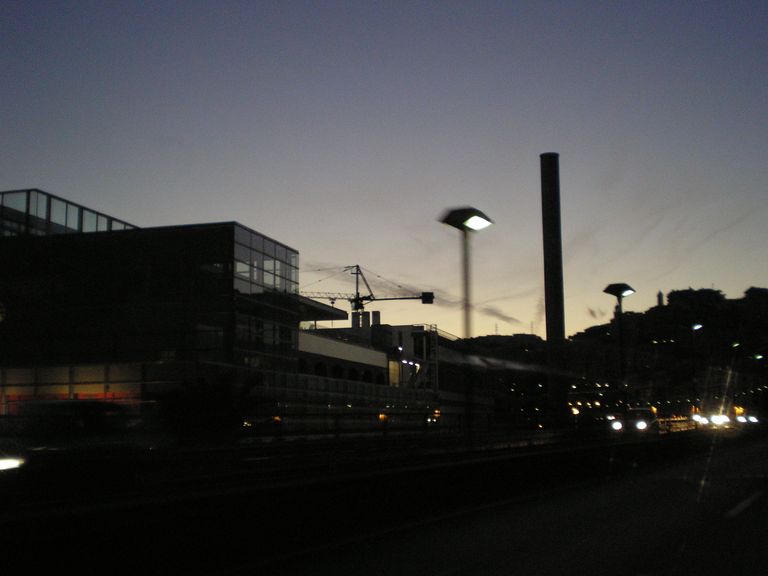
But this simple question puzzled scientists for centuries: they thought that if there were infinite stars in a static universe, the night sky would shine and the night would not be exactly dark.

That was the logic in the 19th century, when experts believed that the universe was eternal, infinitely large and did not change over time.

Las imagenes nocturnas panoramicas de una ciudad ofrecen un componente distinto.
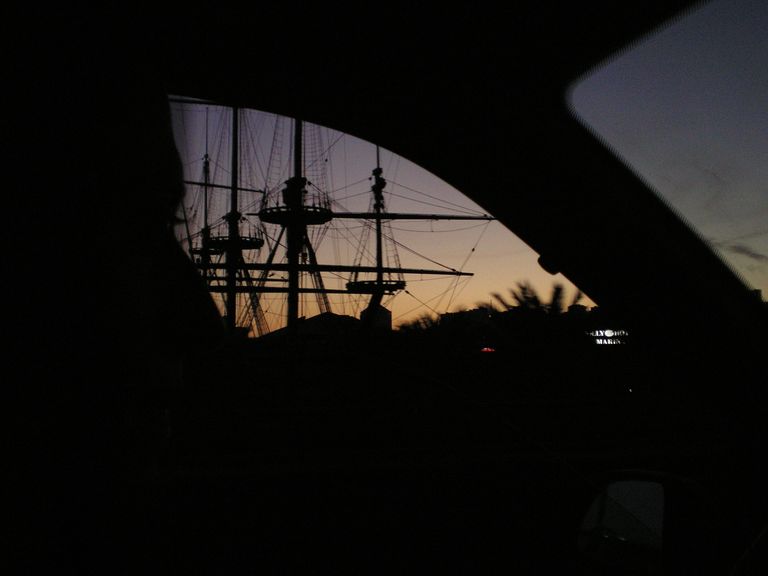
La luz del atardecer que se filtra por entre los edificios es distinta. No hay un horizonte predefinido.
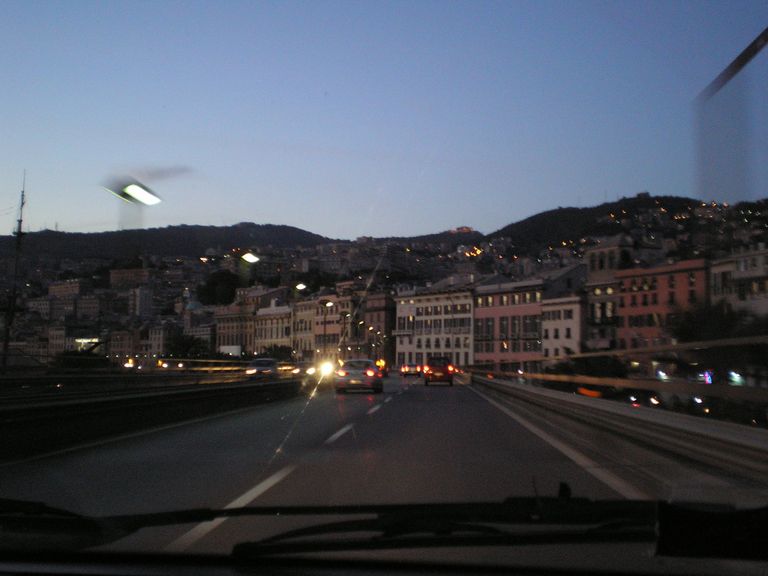
Esta es una prueba que hice hace unos meses atrás en ese momento mágico en el que la luz se desvanece para dejar caer la oscuridad.
El cielo se recrea exhibiendo infinitas tonalidades, y los edficios se van de a poco contorneando con los colores azules y violetas que abrigan la noche alcanzando paulatinamente una oscuridad que no es total ya que la luz de neón parecen luciérnagas a lo lejos.

Un poeta dijo una vez que "el atardecer es ese instante en el que el sol envuelve las ciudades en papel de oro para regalárselas a la luna".
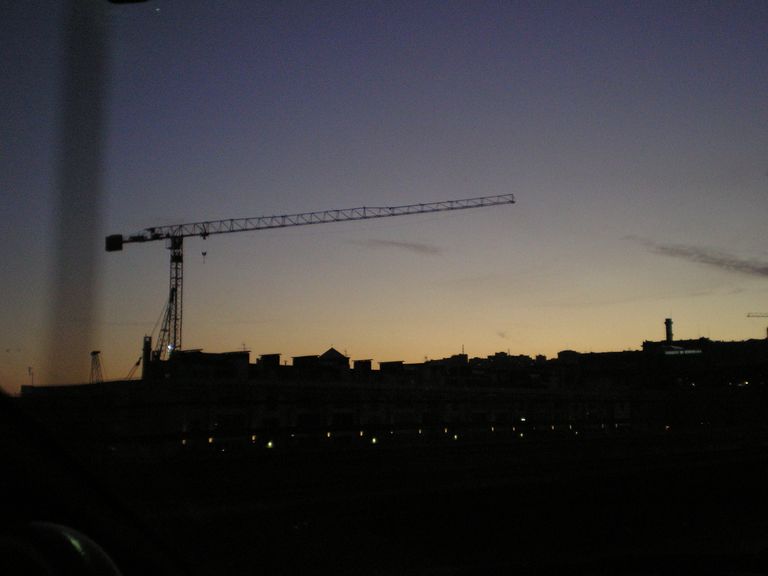
La noche puede ser misteriosa por la oscuridad del cielo, por la contaminación lumínica y por los fenómenos que se pueden observar en el cielo nocturno.
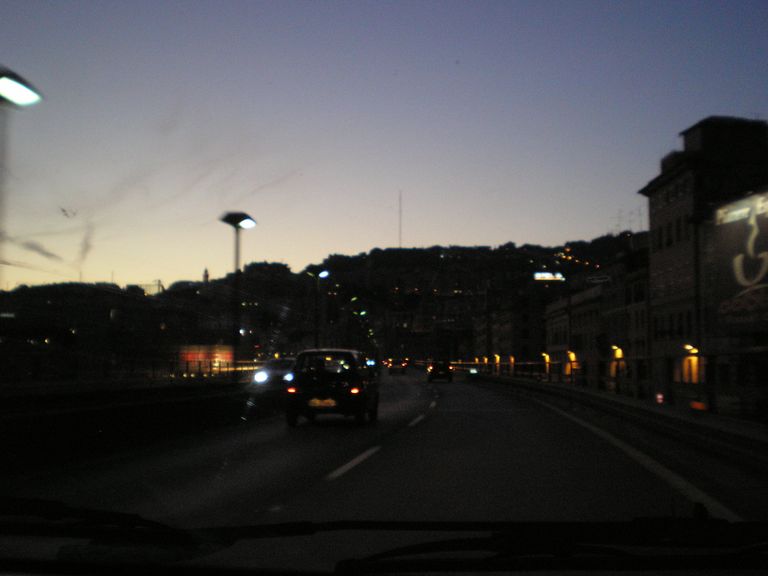
Parece una pregunta ingenua: al fin y al cabo, sabemos que a nuestro planeta lo alumbra el Sol, y que cuando la Tierra gira en su propio eje, una parte queda a oscuras.
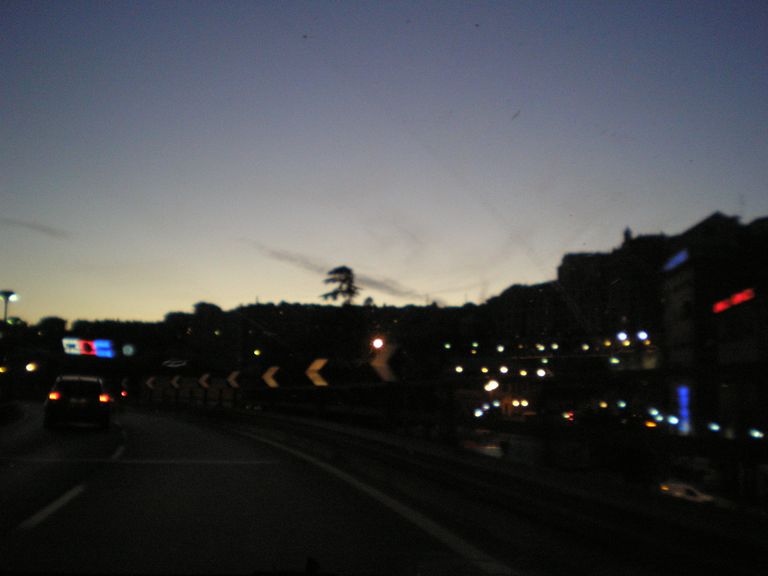
Pero esta pregunta tan sencilla intrigó a los científicos durante siglos: pensaban que si en un universo estático había infinitas estrellas, el cielo nocturno resplandecería y la noche no sería precisamente oscura.
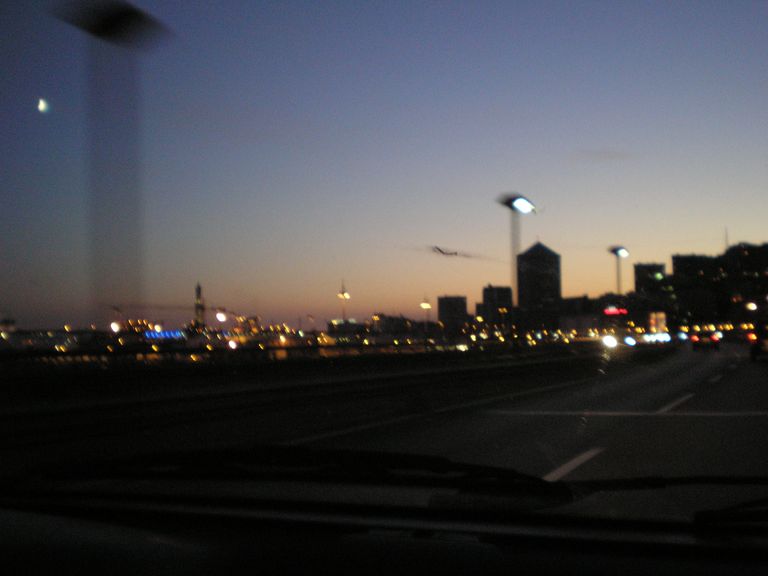
Esa era la lógica en el siglo XIX, cuando los expertos creían que el universo era eterno, infinitamente grande y que no cambiaba con el tiempo.



